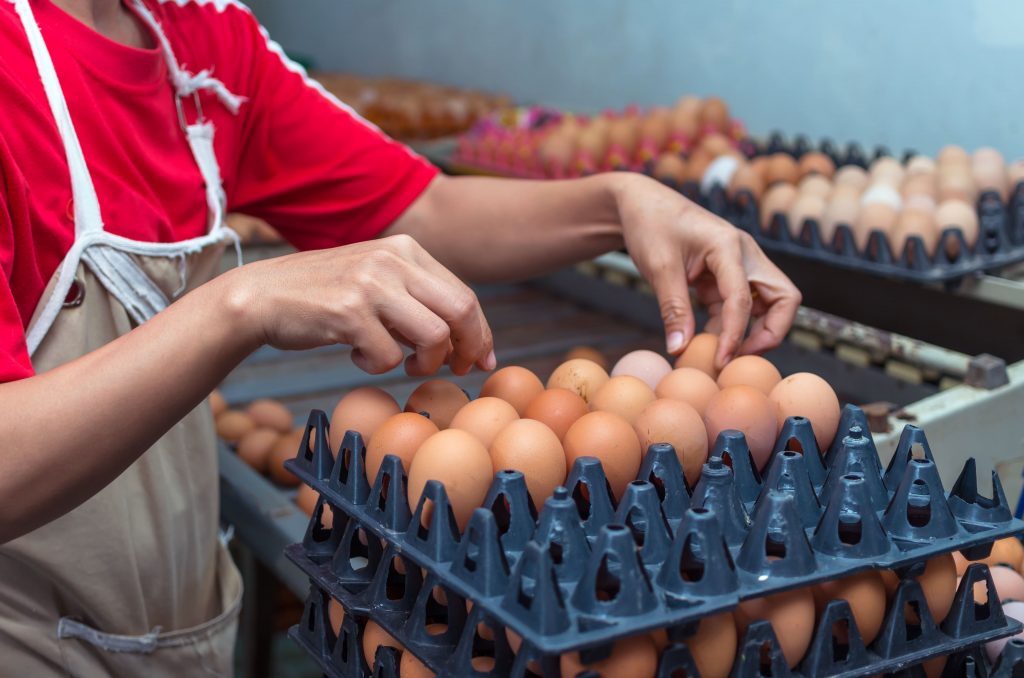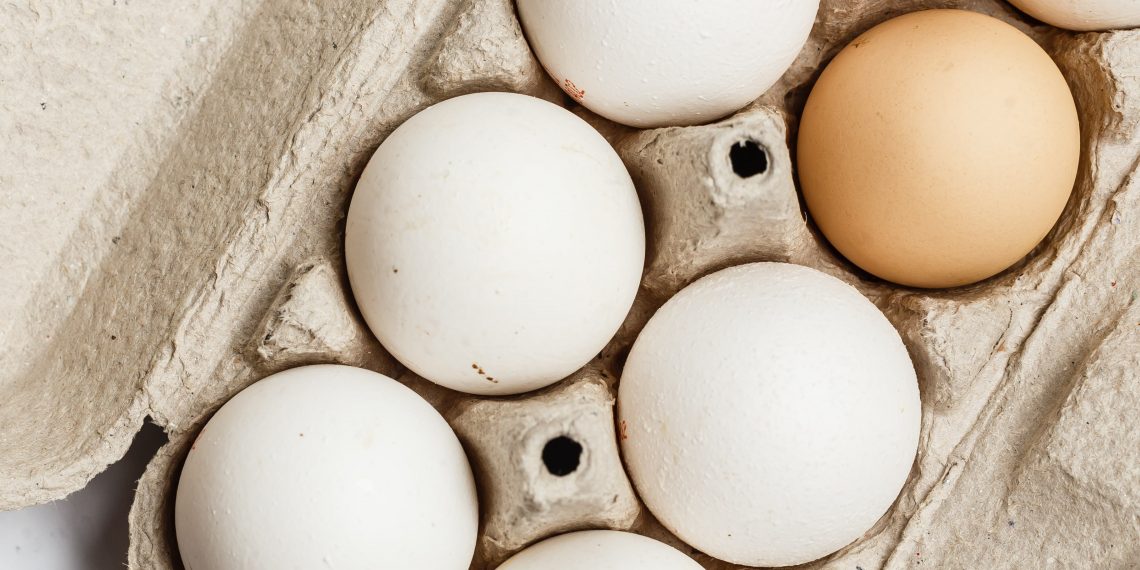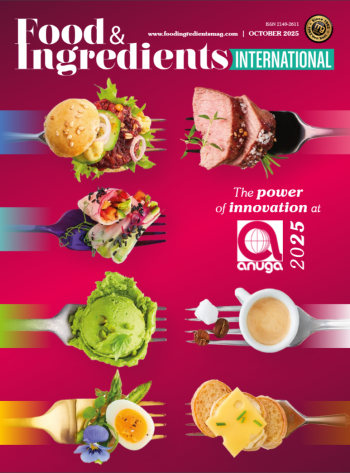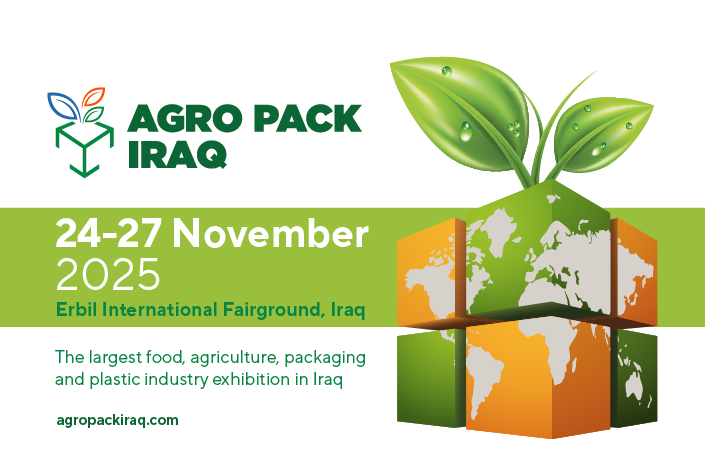Egg packaging is an important part of delivering high-quality eggs to customers. It protects the eggs from bacteria, tainting, natural predators, and loss of moisture. When compared to any other step in the processing and distribution process, transportation breaks a lot of eggs.
As a result of the economic damage caused by broken eggs, the risk of bacterial contamination of the broken eggs increases, lowering the quality and posing food safety concerns. Therefore, egg packaging in the form of trays, cardboard boxes, or cartons is commonly used. The population growing towards urban areas is the one of the key factors driving the global egg packaging market growth. A rapid growth of urbanization accompanied by a growing preference for sustainable egg packaging solutions. There is a growing demand for eggs as a primary source of protein due to rising levels of health consciousness among the general public and changing dietary patterns. As a result, there is a greater demand for efficient packaging solutions for storing and transporting eggs.
The population growing towards urban areas is the one of the key factors driving the global egg packaging market growth. A rapid growth of urbanization accompanied by a growing preference for sustainable egg packaging solutions. There is a growing demand for eggs as a primary source of protein due to rising levels of health consciousness among the general public and changing dietary patterns. As a result, there is a greater demand for efficient packaging solutions for storing and transporting eggs.
Increasing demand of poultry made products, such as eggs is helps to increase the poultry industry. Poultry industry is expected to drive the global egg packaging market growth. Significant growth in the poultry industry has led to rising demand for egg packs for egg storage and transportation.
Some egg packaging materials such as carton, paper, etc. are usually the end of the line for recycled paper as paper quality degrades with continued recycling. According to the Technical Association of the Pulp and Paper Industry, wood fibers can only be recycled five to seven times before becoming too short and brittle to be used in new paper products.



















